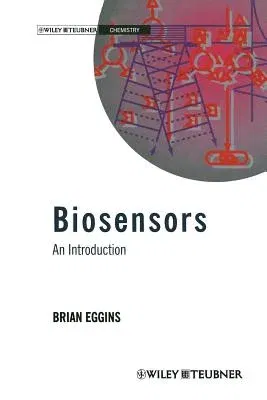Biosensors: An Introduction (Softcover Reprint of the Original 1st 1996)Paperback - Softcover Reprint of the Original 1st 1996, 6 August 2012

Qty
1
Turbo
Ships in 2 - 3 days
In Stock
Free Delivery
Cash on Delivery
15 Days
Free Returns
Secure Checkout
Part of Series
Teubner Studienbücher Chemie
Part of Series
Teubner Studienbucher Chemie
Print Length
212 pages
Language
German
Publisher
Vieweg+teubner Verlag
Date Published
6 Aug 2012
ISBN-10
3663056651
ISBN-13
9783663056652
Description
Product Details
Book Edition:
Softcover Reprint of the Original 1st 1996
Book Format:
Paperback
Country of Origin:
NL
Date Published:
6 August 2012
Dimensions:
22.86 x
15.24 x
1.22 cm
ISBN-10:
3663056651
ISBN-13:
9783663056652
Language:
German
Location:
Wiesbaden
Pages:
212
Publisher:
Weight:
308.44 gm

